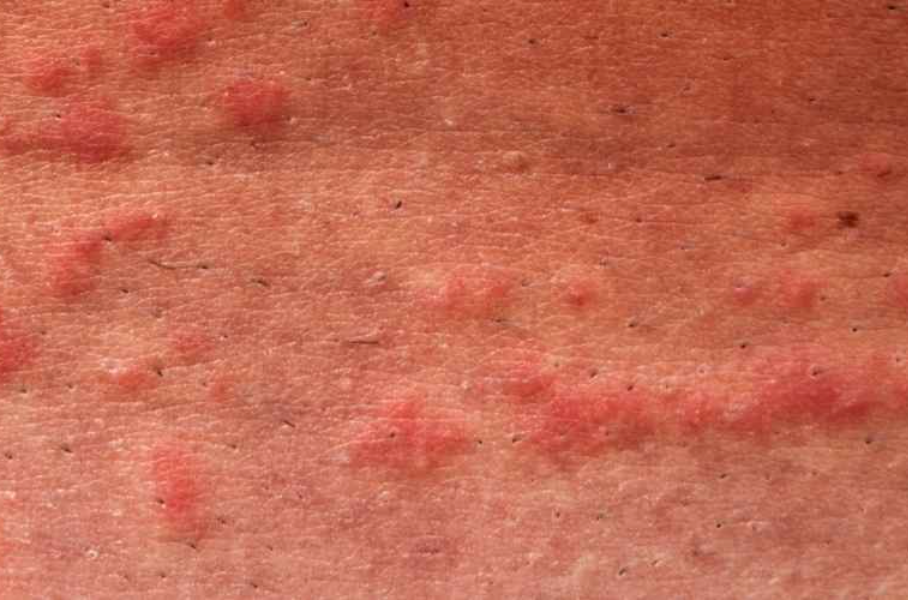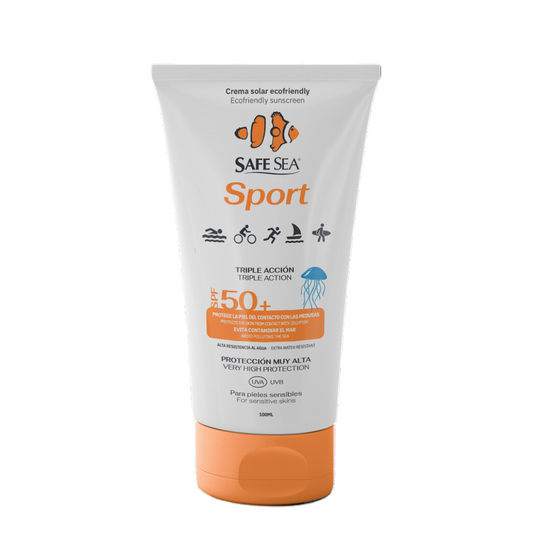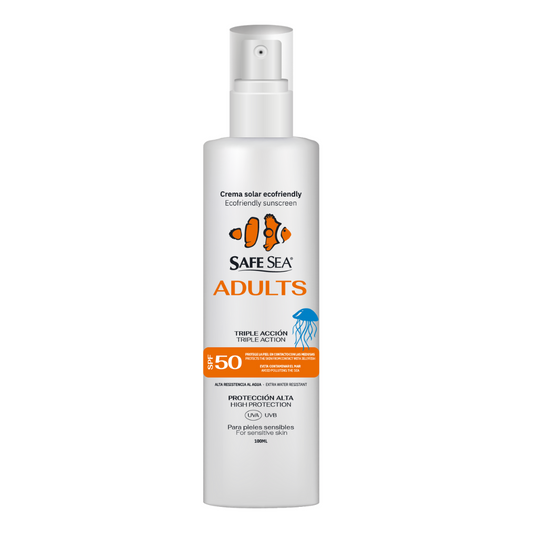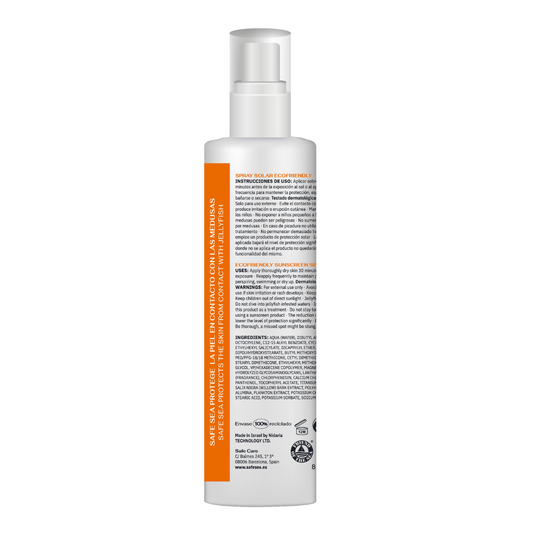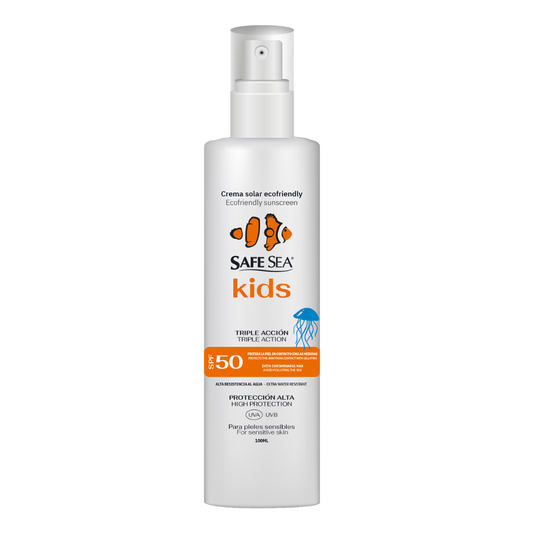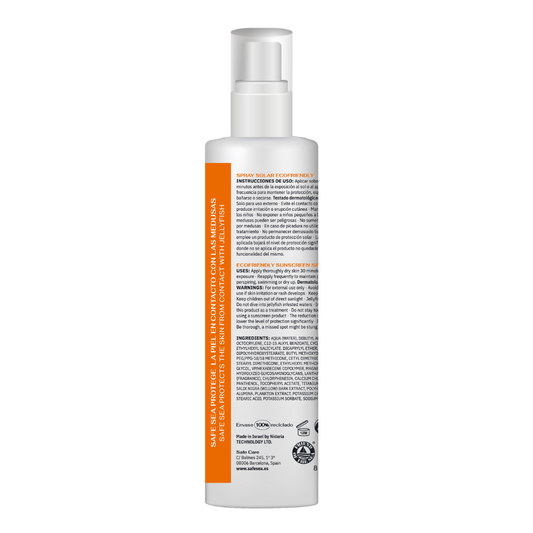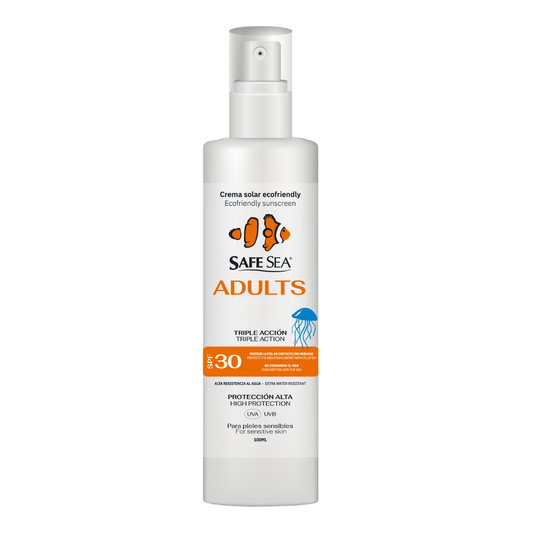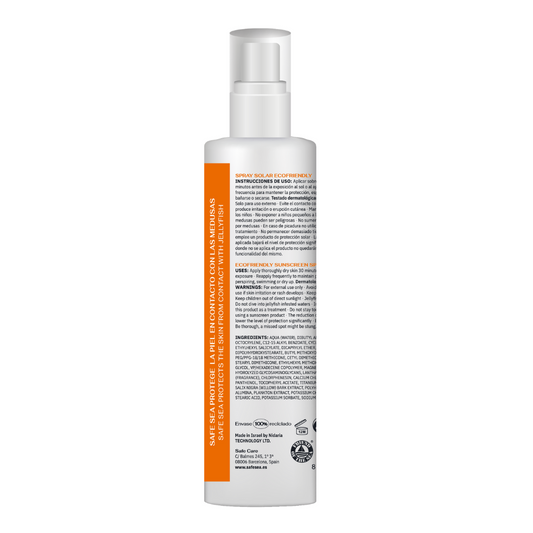What to do if you get stung by a jellyfish?

Do you know what to do if you are stung by a jellyfish? The treatment to follow varies according to the species that stung you. The first and most important thing to do is to act quickly to stop the effects of the sting and avoid serious reactions. Especially if you are part of the population at risk, which mainly includes children, pregnant women and people with health problems.
What treatment should you follow if you are stung by a jellyfish?
To know what steps to take to cure a jellyfish sting, it is necessary to know the species in question. Depending on the type of jellyfish, one or another treatment will be performed. If you go to an aid station of the Red Cross, it is also of vital importance that you inform them of this information.
Among the most common jellyfish species in the Mediterranean are Pelagia nocticula, Chysaora hysoscella, CarybdeaMarsupialis, OlindiasPosphorica and Physalia Physalis. Here is what to do if you are stung by one of these jellyfish.
How to cure a jellyfish sting Pelagia Nocticula and Chrysaora Hysoscella?
If you have been stung by a Pelagia Nocticula jellyfish or Chrysaora Hysoscella follow the steps below:
- Carefully wash the affected area with sea water, without rubbing.
- If available, apply baking soda for 5 minutes. The ratio of 50% bicarbonate and 50% seawater will help prevent further poisoning from residual tentacles on the skin.
- Next, use tweezers, gloves or a plastic card to remove the residual tentacles.
- Apply ice for 25 minutes. Never directly on the skin. It is advisable to wrap them in clothing or a thin towel. At first you may feel discomfort.
- After this time, re-evaluate the degree of pain, and if necessary, reapply ice to the area of the sting.
- If the pain persists, it is advisable to consult a physician or health care professional.
IMPORTANT! Do not apply fresh water, vinegar, pressure bandages or alcohol. In case of shock or respiratory distress seek medical attention immediately.

What to do if you are stung by a jellyfish OlindiasPhosphorica?
The treatment for the sting of Olindias Phosphorica, popularly known as Medusa Cruz, is different from the rest of the procedures mentioned above.
- First of all, it is necessary to carefully wash the affected area with commercial vinegar. If this product is not available, sea water will do. Avoid friction at all times.
- Next, use tweezers, gloves or a plastic card to remove any residual tentacles that have become attached to the skin.
- To relieve the sting of the jellyfish it is necessary to apply cold for 25 minutes. Remember to avoid direct contact of the ice with the skin.
- In case of prolonged pain, apply heat.
- If the pain persists, it is advisable to consult a physician or health care professional.

How to act in case of a Carybdea Marsupialis (Cubomedusa) bite?
In case of a Cubomedusa sting, the following indications should be followed:
- First, carefully wash the affected area with sea water. Do not rub.
- Then apply commercial vinegar.
- Use tweezers, gloves or a plastic card to remove residual tentacles.
- It is necessary to apply heat or immersion in hot water (between 40 and 45ºC) for 15 minutes.
- As with stings from other jellyfish species, after this time, re-evaluate the degree of pain. If necessary, reapply heat to the sting area.
- If the pain persists, it is advisable to consult a physician or health care professional.
Treatment for the sting of Physalia Physalis (Portuguese Caravel)
The Portuguese Caravel moves at the mercy of surface currents and wind. It frequents the Atlantic, but in recent summers it has also been observed off the Mediterranean coast, in search of warm waters.
The danger of this species is very high. So much so that contact with its tentacles can cause very serious consequences for people. In fact, it is classified as one of the most dangerous jellyfish in the world. They contain innumerable nematocysts with neurotoxic, cytotoxic and cardiotoxic properties that can cause neurogenic shock. An intense pain seizes our body and can even cause drowning.
In case of suffering a Portuguese Carabela sting, the following indications should be followed:
- First, carefully wash the affected area with sea water. Do not rub.
- Use tweezers, gloves or a plastic card to remove residual tentacles.
- It is necessary to apply heat or immersion in hot water (between 40 and 45ºC) for 10 to 20 minutes.
- As with stings from other jellyfish species, after this time, re-evaluate the degree of pain. If necessary, apply cold to the area of the sting.
- If the pain persists, it is advisable to consult a physician or health care professional.

How to avoid jellyfish stings?
"Prevention is better than cure", says the wise Spanish proverb. Well, we couldn't find a better phrase to tell you that you don't need to consult again what to do if you get stung by a jellyfish. Our sunscreens also act as a jellyfish cream. They protect the skin in contact with jellyfish and prevent their sting.
Pain. Intense itching. redness swelling erythema Ulceration. Necrosis. These are some of the symptoms you can avoid. If you have been stung by a jellyfish and do not want to live that experience again, we encourage you to take a look at our products for babies, children, adults and athletes.

